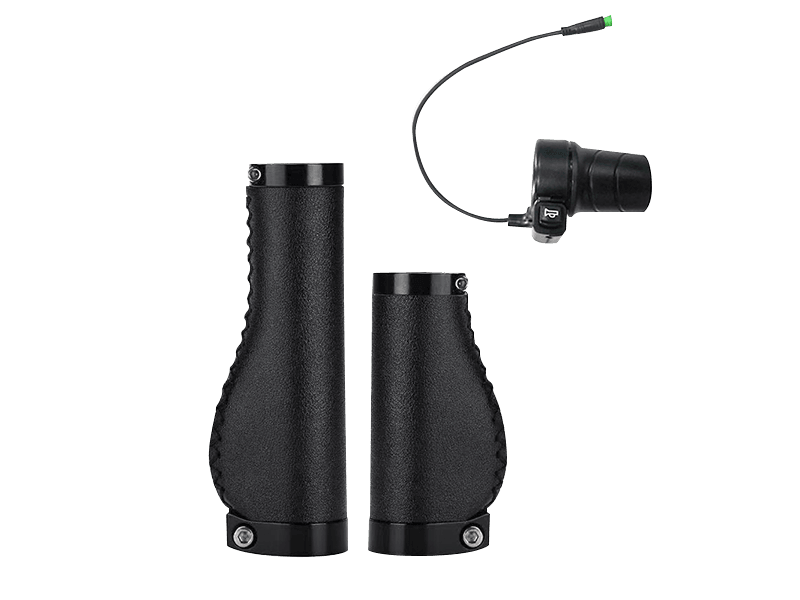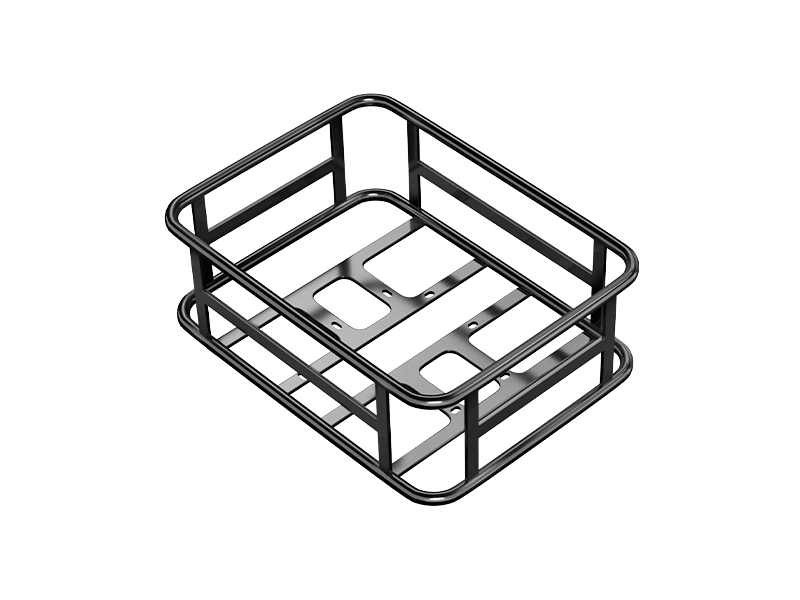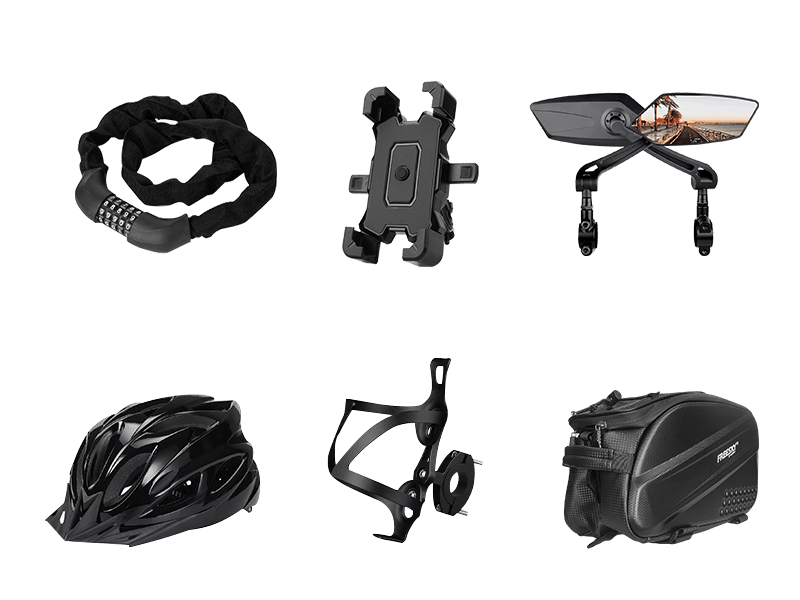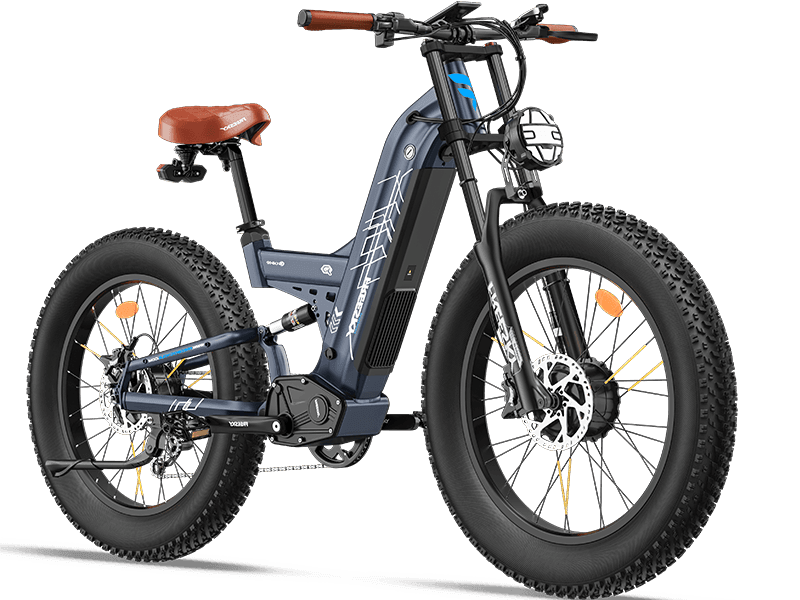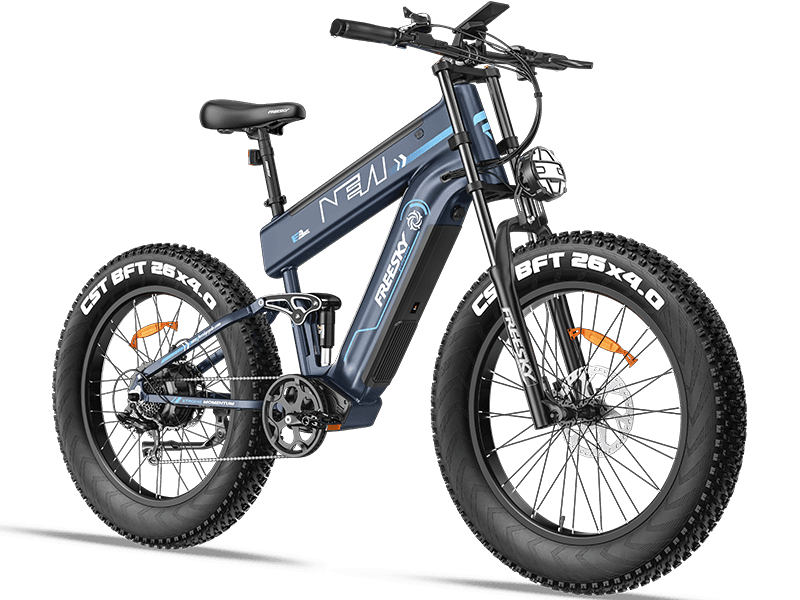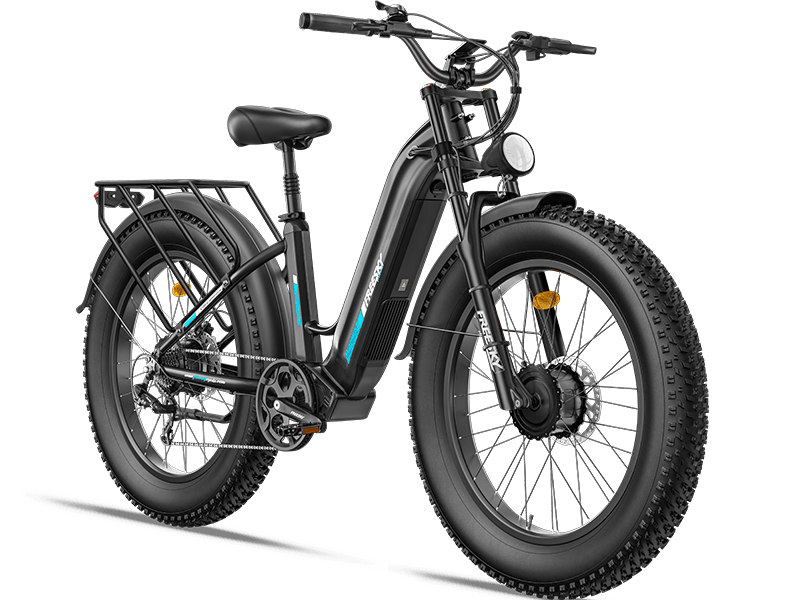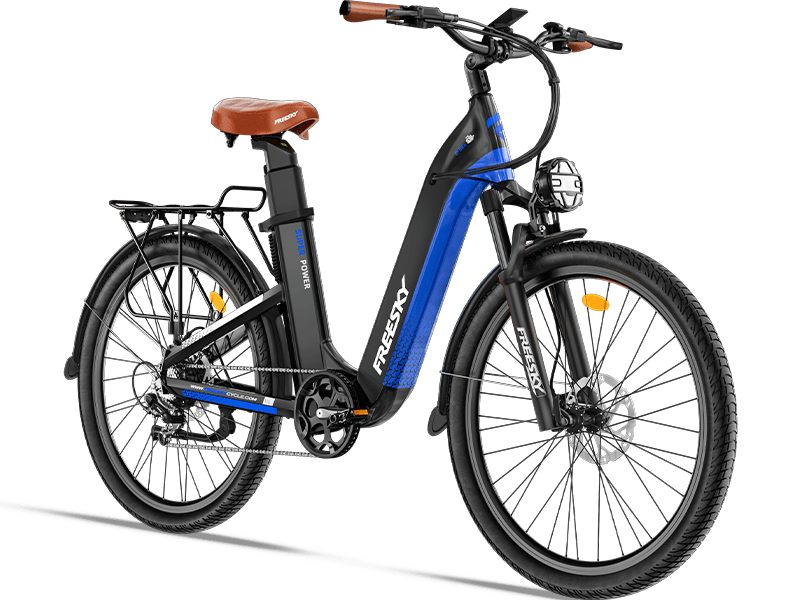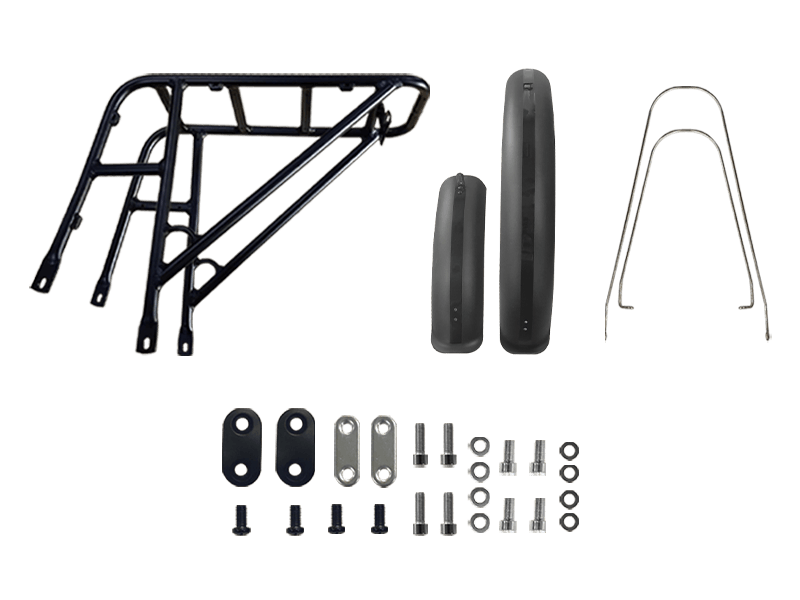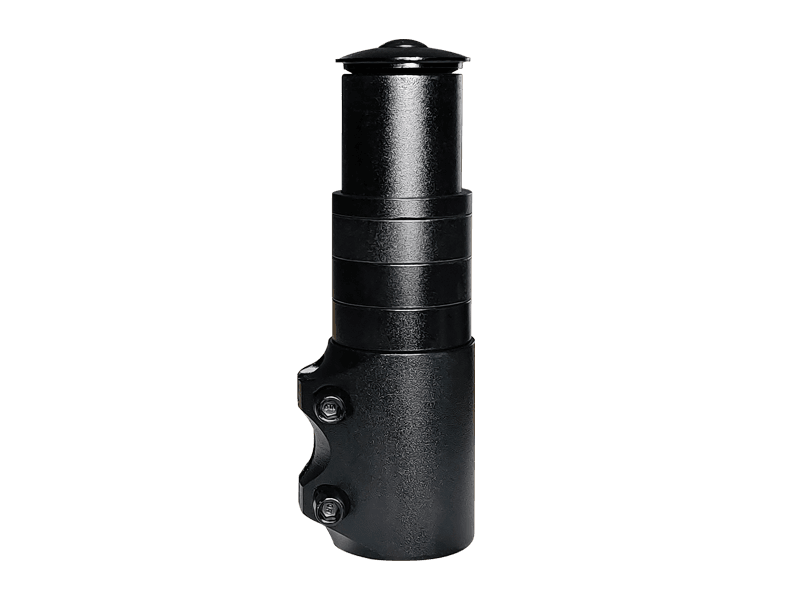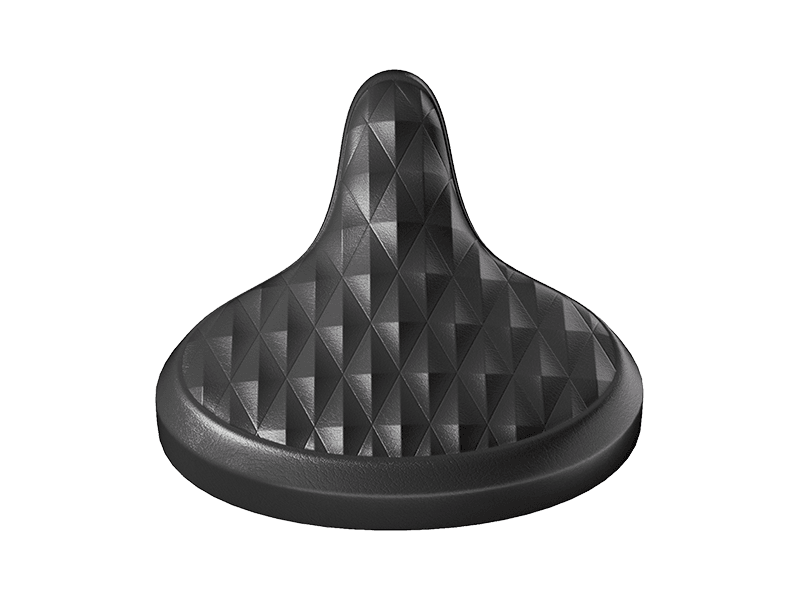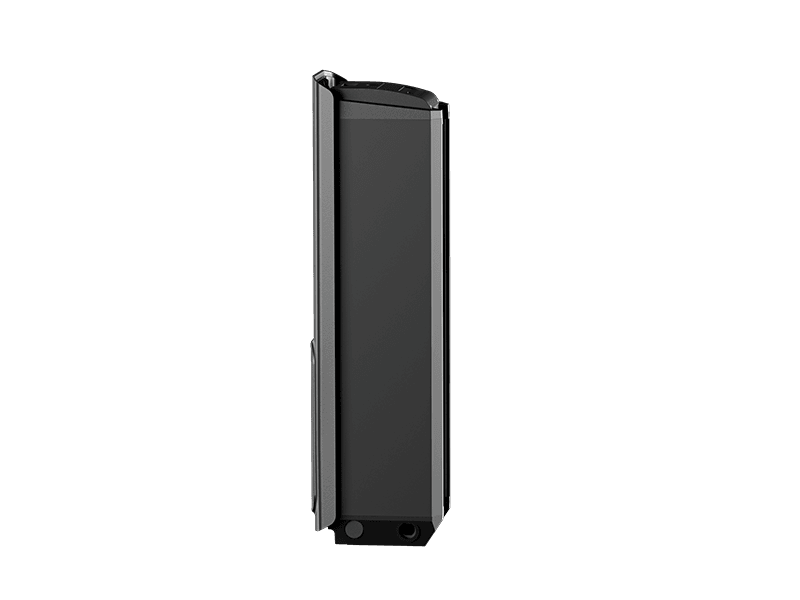Hardtail vs Full‑Suspension e‑MTBs: A Comprehensive Guide for Riders
JUN 27, 2025
Hardtail and full‑suspension electric mountain bikes both offer comfort compared to rigid models, but choosing the right type can significantly improve your ride. In this guide, we'll compare designs, performance, maintenance, and usage, helping you choose your next e‑MTB with confidence.
Why This Comparison Matters
Selecting between a hardtail e‑bike (which has suspension only in the front fork) and a full‑suspension e‑MTB (equipped with both front and rear suspension) affects how the bike handles typical British terrain, your comfort, and upkeep. Whether commuting to work or hitting rugged trails in the Peak District, the right bike makes all the difference.
1. Suspension System
-
Hardtail e‑MTB: Front suspension only. Suitable for smoother bike paths, canal trails, and well-maintained bridleways.
-
Full‑suspension e‑MTB: Comes with both front fork and rear shock. Ideal for rougher environments—forest roots, chalky descents, and wet winter trails.
👉 In summary: hardtails are lighter and efficient; full-suspension bikes provide superior comfort and control on rough ground.
2. Cost and Value
-
Hardtails: Generally more affordable (£1,000–£2,500), offering excellent value for everyday riders.
-
Full‑suspension: Typically priced from £1,500 to over £6,000, reflecting advanced suspension and frame complexity.
Choose based on your terrain and how much comfort, control, and durability you're willing to invest in.
3. Maintenance
-
Hardtail e‑bikes: Simpler design, fewer moving parts—easier to maintain and repair. Ideal for low-maintenance riders.
-
Full‑suspension: Requires more regular servicing of shock, pivot bearings, and seals. When maintained well, they’re durable—just be prepared for upkeep.
🔧 Tip: A professional service once or twice a year helps extend lifespan.
4. Handling and Control
-
Hardtails: Stable and manoeuvrable on smooth paths and urban environments.
-
Full‑suspension: Offers better traction and control on technical trails and uneven surfaces. Perfect for confident descending and tackling roots and rocks.
5. Speed and Efficiency
-
Hardtails: Lighter and more efficient on flat roads and gentle climbs. Better energy use and longer battery range.
-
Full‑suspension: Heavier but more stable on tricky terrain. Battery drains faster, but they maintain speed and confidence on off-road rides.
6. Comfort and Ride Quality
-
Hardtails: Adequate for smooth surfaces, but you’ll feel more vibration on rough terrain.
-
Full‑suspension: Dual absorbers make long rides much more comfortable, reducing rider fatigue and easing strain on joints.
Usage Scenarios
Hardtail e‑Bikes
Perfect for:
-
Urban commuting
-
Bike path outings
-
Light cross-country routes
-
Budget-conscious riders
Full‑Suspension e‑Bikes
Ideal for:
-
Mountain biking
-
Technical trails
-
Long epic rides
-
Riders who want comfort and control on rough terrain
Pros and Cons Summary
| Aspect | Hardtail e‑MTB | Full‑Suspension e‑MTB |
|---|---|---|
| Price | ✔️ More affordable | ❌ More expensive |
| Weight/Power | ✔️ Lighter & efficient on flats | ❌ Heavier, more battery use |
| Comfort | ✔️ Decent on smooth trails | ✔️ Excellent on rough terrain |
| Control | ✔️ Agile and responsive | ✔️ Superior traction and stability |
| Maintenance | ✔️ Simpler, reliable | ❌ Requires routine servicing |
| Trail Capability | ✔️ Light trails only | ✔️ All-terrain & technical trails |
Buying Guide: What to Consider
-
Budget: Hardtails approx. £1,000–£2,500 | Full‑suspension from £1,500+
-
Terrain: Smooth journeys = hardtail | Rough or varied = full-suspension
-
Maintenance: Simple upkeep vs more components
-
Experience level: Hardtails suit beginners | Full‑suspension best for experienced riders
Test Ride Tips
When trying bikes:
-
Assess comfort and fit
-
Test suspension performance
-
Notice gear and brake feel
-
Ride varied terrain: flat, hills, twisty paths
-
Check battery life during longer rides
Final Verdict
-
Hardtail e‑MTBs are ideal for practical, cost-effective transportation and light trail rides.
-
Full‑suspension e‑MTBs are better suited for adventurous riders seeking superior comfort, control, and performance across rugged terrain.
Why Choose Freesky?
Our range includes models to suit all riding needs:
-
Warrior Pro: A nimble full-suspension e‑MTB with 140 mm travel and Samsung-powered 48V 30Ah battery—perfect for technical British trails.
-
Alaska Pro: A long-travel, full-suspension powerhouse with 48V 41Ah battery—designed for endurance rides across diverse terrain.


